Over the last number of years, international tourism has seen a trend towards people seeking out new “hidden gem” destinations that are slightly off the well beaten paths of the traditional tourist trails. This process has been accelerated with the pandemic as international tourists are seeking destinations that offer more authentic experiences and a more serene and less crowded atmosphere. For a long time it would be almost unthinkable for an international visitor to travel to Japan without visiting the ancient city of Kyoto. However, for those seeking a voyage less trodden, many great alternative destinations are coming to light. One such “hidden gem” of a destination is a well preserved Samurai village called Kakunodate (sometimes called “little Kyoto”).
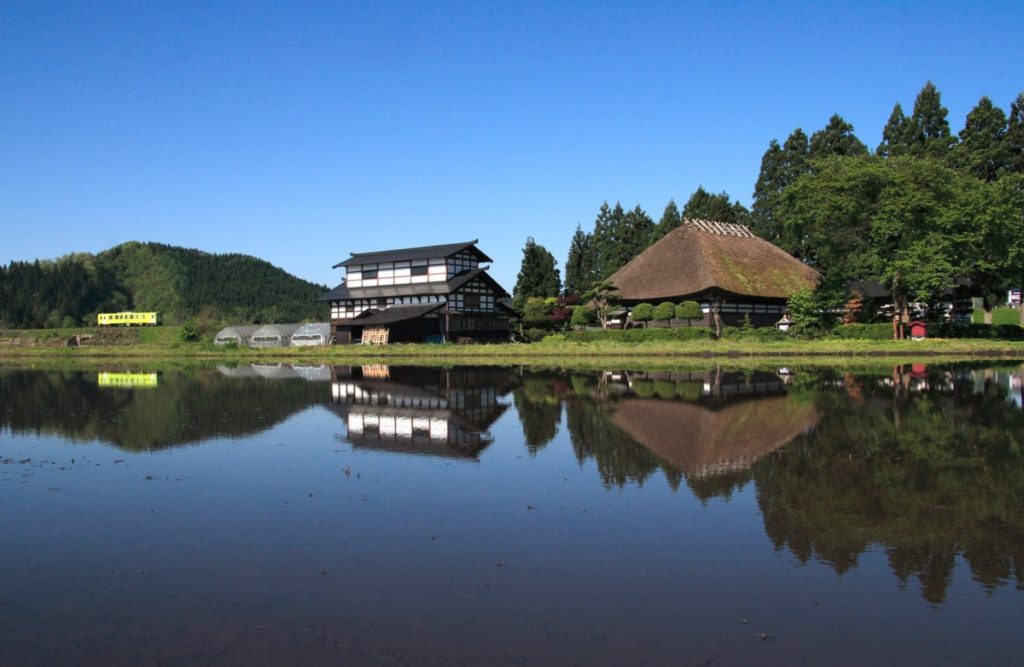
Kakunodate village is located in Akita prefecture in the northern region of the main island in Japan called Tohoku. Over the last few decades, less than 2% of international visitors visited Tohoku, though it is now experiencing a surge in popularity due to its incredible offerings and relatively unknown status around the world. Our latest small group tour Tohoku Trails brings our customers to all 6 prefectures in Tohoku, including a stop-off at this stunning samurai village in Akita prefecture.
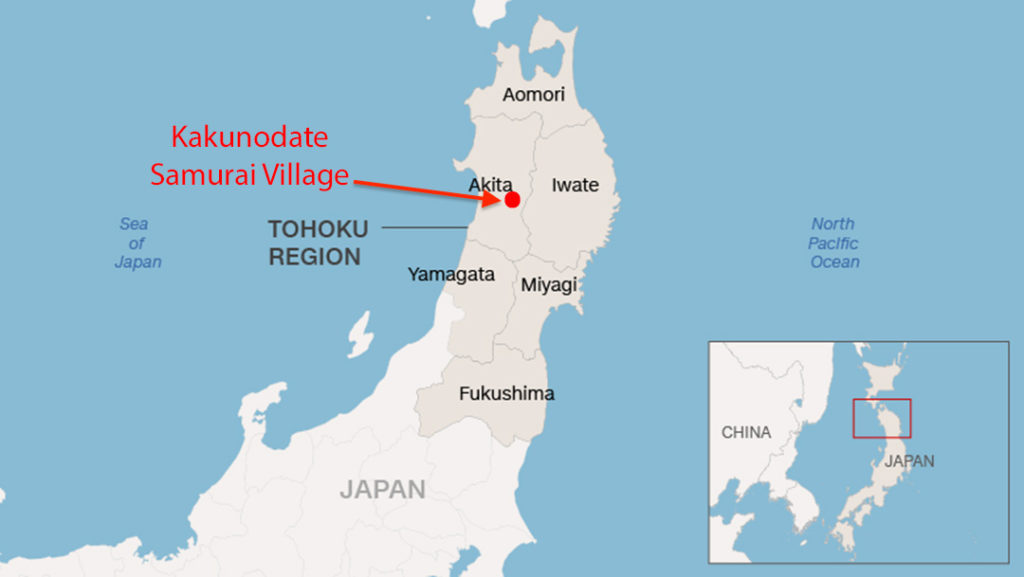
Japan’s samurai were a class of warriors that arose in the 10th century in Japan and which performed military service until the 19th century. These hugely respected professionals were elite and highly-trained soldiers, adept at using both the bow and sword, and often mastered many of Japan’s more traditional arts out of dedication to the path of perfection. The samurai were an essential component of Japanese armies in the medieval period and their legacy lives on strongly in many areas of Japan to this day. Kakunodate is a one of the villages that carries forward a strong legacy of a samurai past.
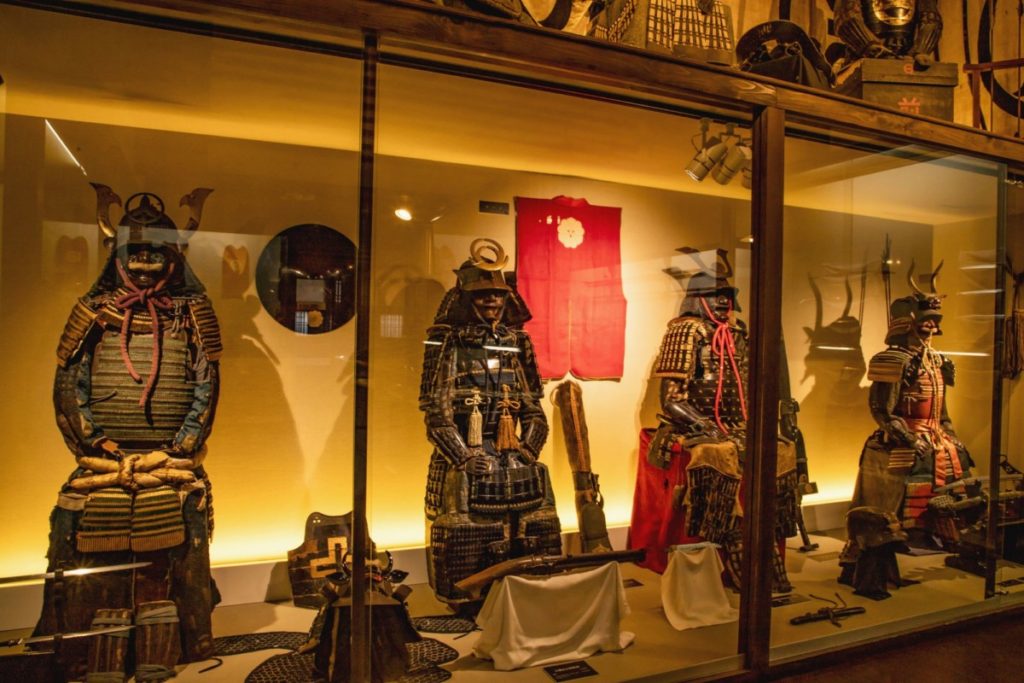 Founded in 1620, Kakunodate boasts authentic Edo-period architecture in two distinct areas; the samurai district and the merchant district. Once home to 80 families, the samurai district still has some of the best examples of samurai architecture in all of Japan. Of the samurai houses that remain intact, six are open to the public and offer you the chance to see how middle class and wealthy samurai families might have lived. A couple of the houses are still lived in by the descendants of their samurai, so you may even get the chance to meet a modern-day samurai in the flesh!
Founded in 1620, Kakunodate boasts authentic Edo-period architecture in two distinct areas; the samurai district and the merchant district. Once home to 80 families, the samurai district still has some of the best examples of samurai architecture in all of Japan. Of the samurai houses that remain intact, six are open to the public and offer you the chance to see how middle class and wealthy samurai families might have lived. A couple of the houses are still lived in by the descendants of their samurai, so you may even get the chance to meet a modern-day samurai in the flesh!
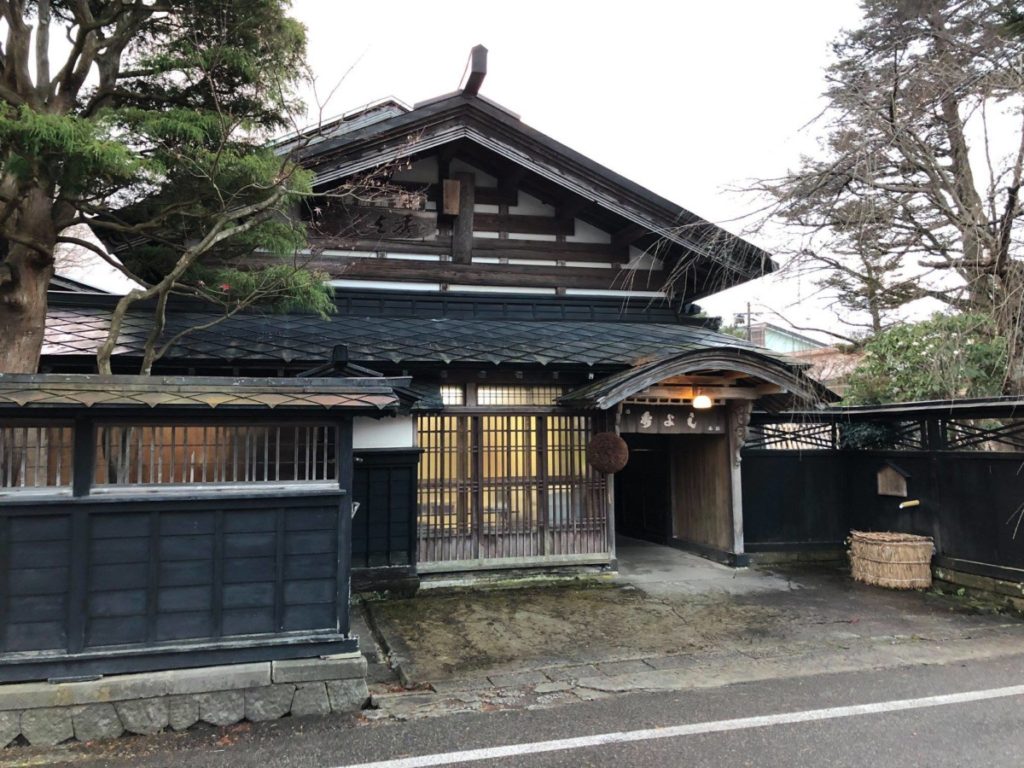
These houses show how middle-class and wealthy samurai families lived. Six are open to the public, including Aoyagi house and Ishiguro House, which are two of the finest in terms of their impressive size, layout, and collection of historical artefacts. These authentic samurai houses turned museums even features a collection of old cameras, clocks and gramophones.
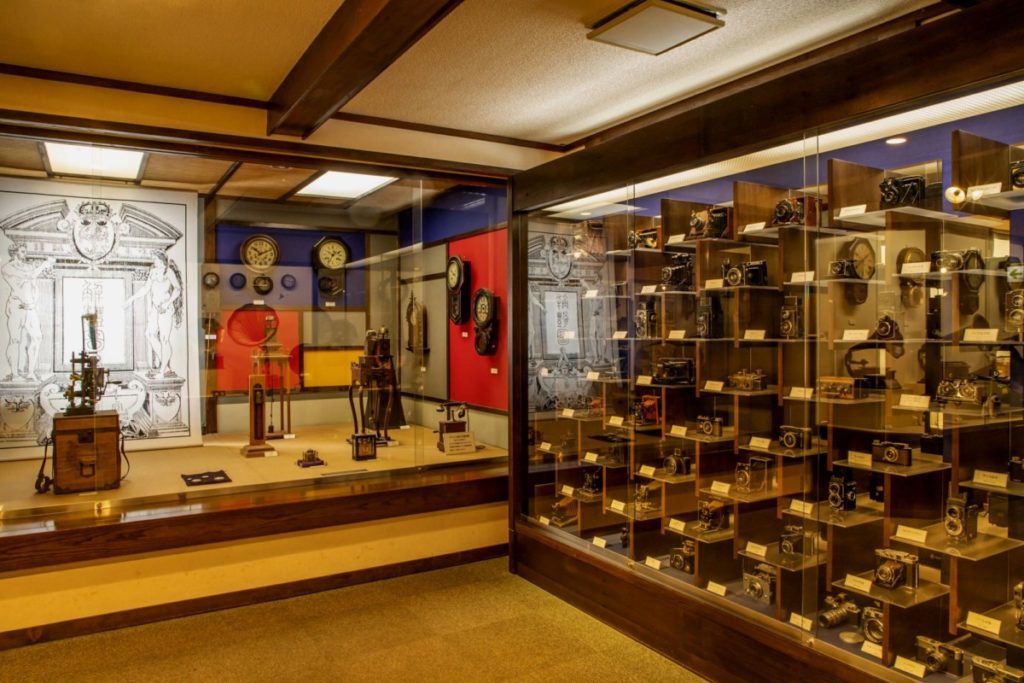
Another distinguishing feature of Kakunodate is the immense number of pink shidare-zakura (weeping cherry trees) planted all over the village, lining both its historic Edo-era architecture and its peaceful riverbank. It is believed that many of these were planted by Samurai families in 1656, with various varieties of Cherry Blossom being imported from as far away as Kyoto.
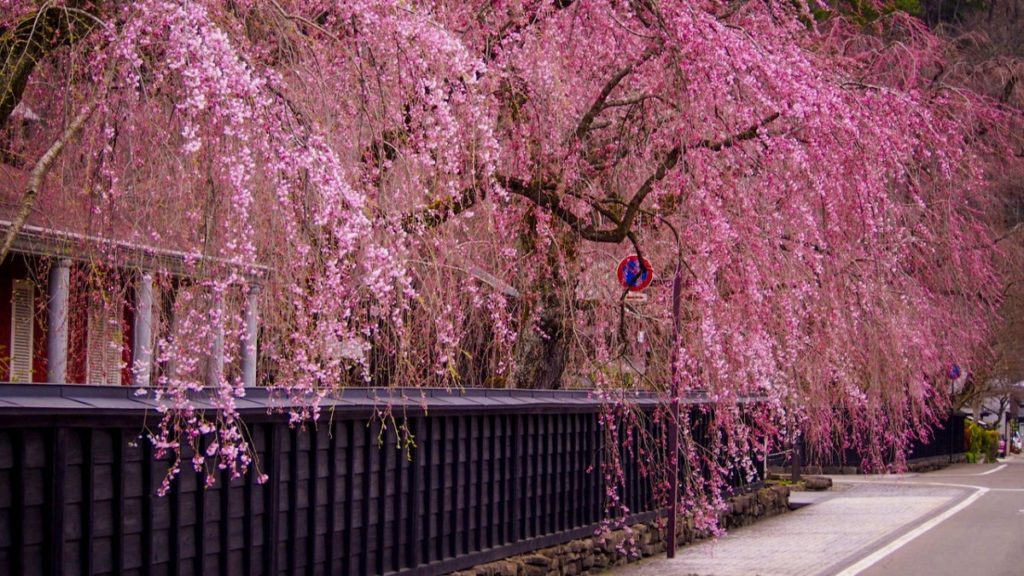
The 2km stretch of over 400 cherry blossom trees along the riverbank (just a few minutes walk from the samurai district) is one of the most popular cherry blossom viewing locations in all of Japan. Each year, it’s estimated that about 1.2million domestic tourists flock to Kakunodate to celebrate “hanami” (cherry blossom viewing parties) and during April.
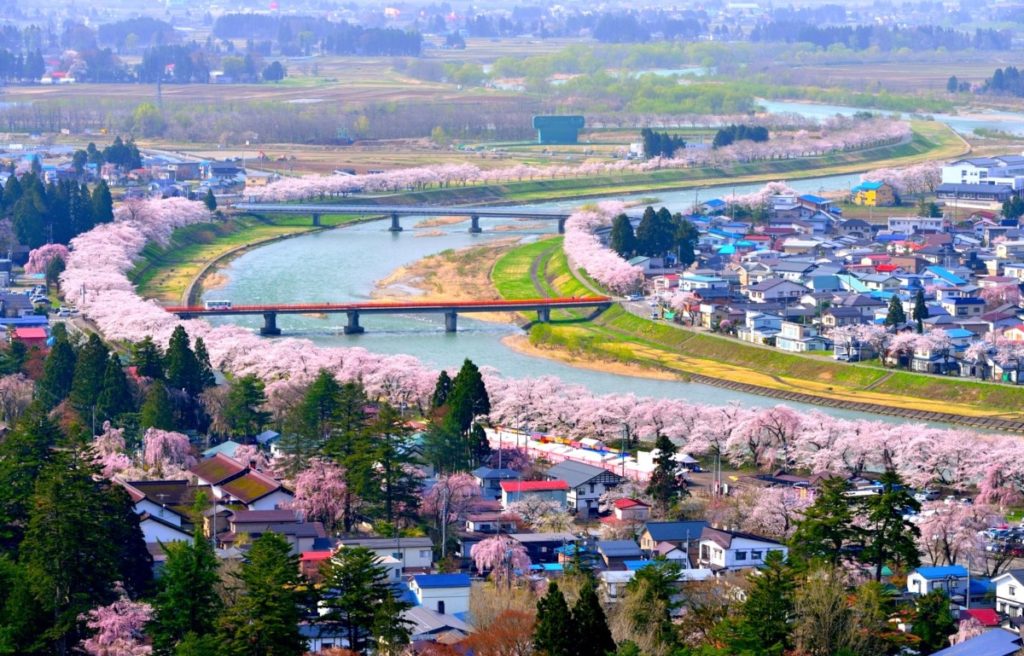
Apart from the stunning samurai residences, the historic 400 year old wooden architecture in the merchant district and the sensational cherry blossom trees, Kakaunodate offers visitors many other activities that will make your trip a memorable one. One such activities is a walking tour with a bilingual local guide at Akita Inu Tours and her two stunning Akita-Inu dogs Su-chan and Fujiko (who happen to be a married couple). This breed of dog comes from the Akita region and the local dogs love nothing more than walking with tourists around the historic districts, the cherry blossom lined Hinokinai river bank or to see the stunning autumn colours in the close by Dakigaeri valley.
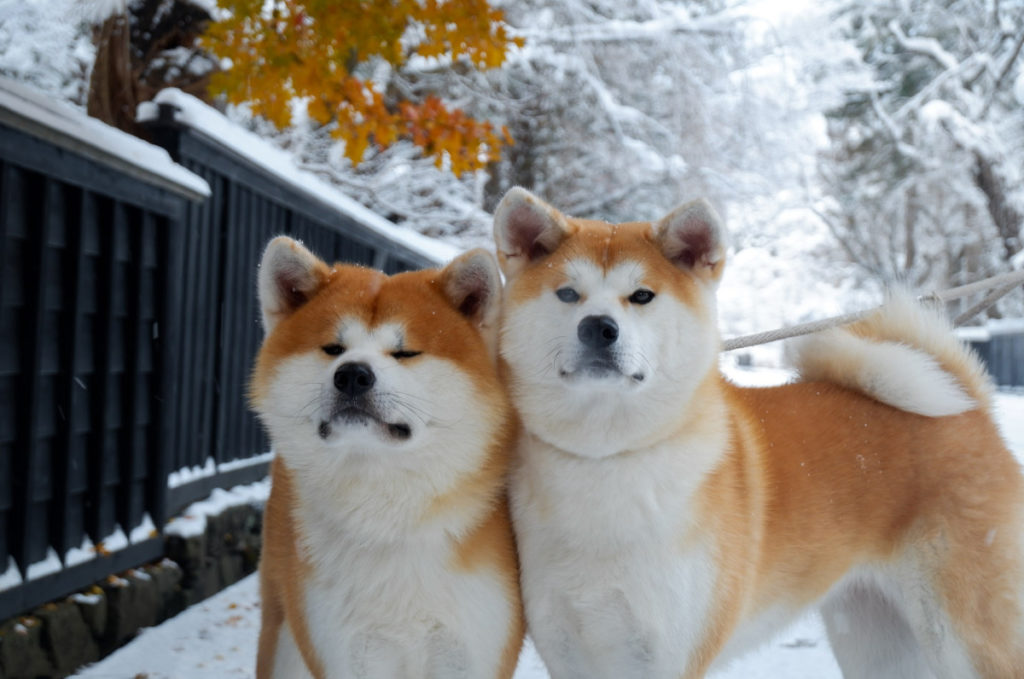
Our latest small group tour Tohoku Trails features a stop-off in Kakunodate and many more hidden gems across northern Japan. The 12 night/13 day tour was created to showcase Japan’s ancient samurai, spiritual & farming traditions still living on strongly in the present. The tour runs three times a year in April, August and October. The below is a video of a travel webinar introducing this very special small group tour to northern Japan.
**Upcoming 2023 Guided Trips**
- March 23 Trail by Rail (10 Days)
- March 24 Ancient Trails (14 Days)
- March 29 Japan Discovered (14 Days) SOLD OUT
- April 15 Gardens & Galleries (14 Days)
- April 17 Tohoku Trails (13 days)
- May 10 Japan Discovered (14 Days)
- May 10 Traditional & Tropical (17 Days)
- May 15 Journey to the East (8 days)
- June 10 Hidden Treasures of Japan (13 Days)
- June 12 Journey to the East (8 days)
- June 24 Shikoku Secrets (14 Days)
- June 24 Wonders of the West (19 Days)
- July 8 Trail by Rail (10 Days)
- July 8 Ancient Trails (14 Days)
- July 14 Japan Discovered (14 Days)
- July 14 Traditional & Tropical (17 Days)
- July 18 Hidden Treasures of Japan (13 Days)
- July 27 Shikoku Secrets (14 Days)
- July 27 Wonders of the West (19 Days)
- July 31 Tohoku Trails (13 days)
- August 8 Hidden Treasures of Japan (13 Days)
- August 14 Shikoku Secrets (14 Days)
- August 14 Wonders of the West (19 Days)
- August 21 Journey to the East (8 days)
- September 1 Trail by Rail (10 Days)
- September 1 Ancient Trails (14 Days)
- September 6 Japan Discovered (14 Days)
- September 6 Traditional & Tropical (17 Days)
- September 26 Hidden Treasures of Japan (13 Days)
- September 26 Gardens & Galleries (14 Days)
GET IN TOUCH

